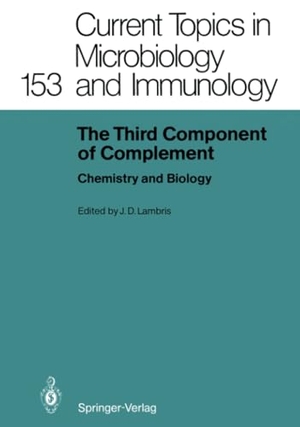Für statistische Zwecke und um bestmögliche Funktionalität zu bieten, speichert diese Website Cookies auf Ihrem Gerät. Das Speichern von Cookies kann in den Browser-Einstellungen deaktiviert werden. Wenn Sie die Website weiter nutzen, stimmen Sie der Verwendung von Cookies zu.
Cookie akzeptieren
The Third Component of Complement
- Springer Berlin Heidelberg
- 2011
- Taschenbuch
- 264 Seiten
- ISBN 9783642749797
The third component of complement, C3, is one of the most versatile proteins and an important participant in immune surveillance and immune response pathways. Its multifunctio nality is based on its ability to interact specifically with multiple serum complement proteins, cell surface receptors, and mem brant;-associated regulatory proteins. One of its most intriguing strategies of interaction with cell surfaces is the covalent binding of activated C3 through the internal thioester. The field has expanded over the past 10 years and a wealth of information has accumulated. C3 from various species and many of the human C3 binding proteins have been cloned and expressed. Numerous cellular responses
Mehr
Weniger
zzgl. Versand
in Kürze